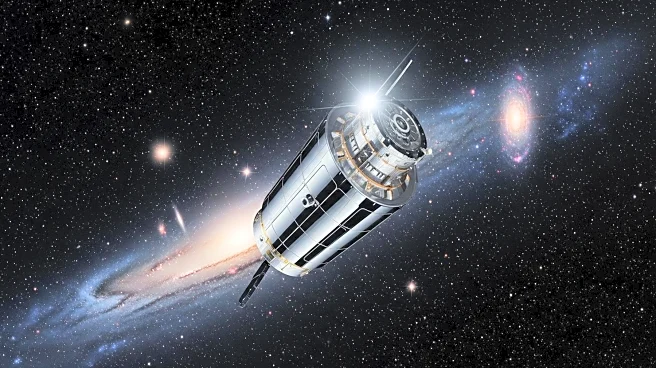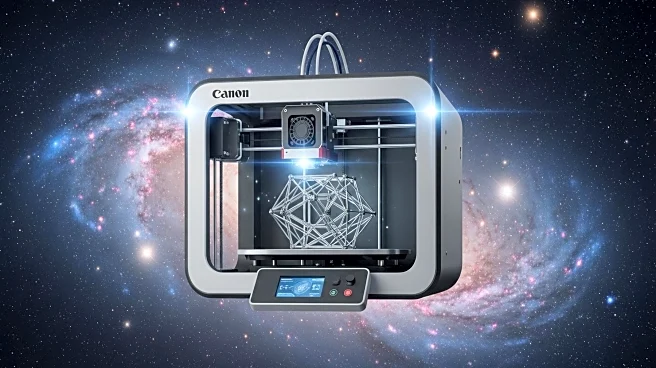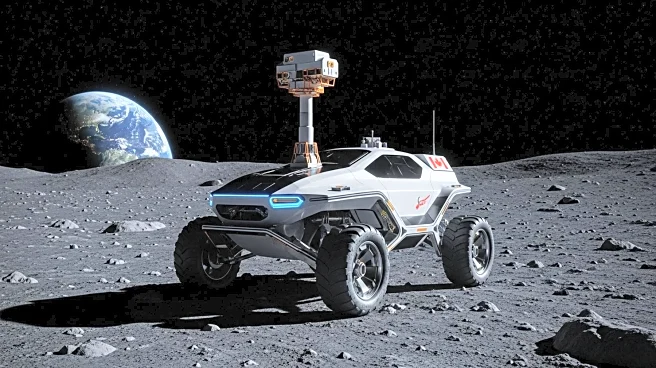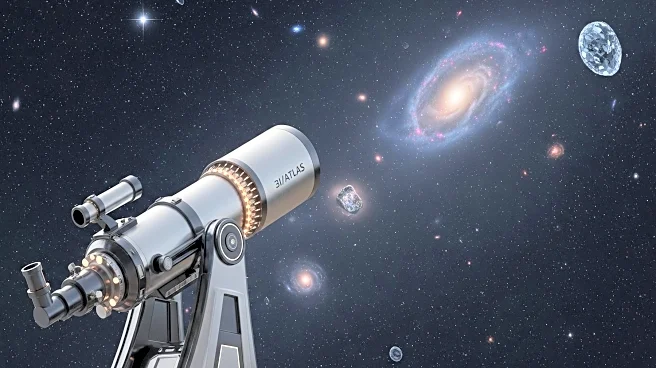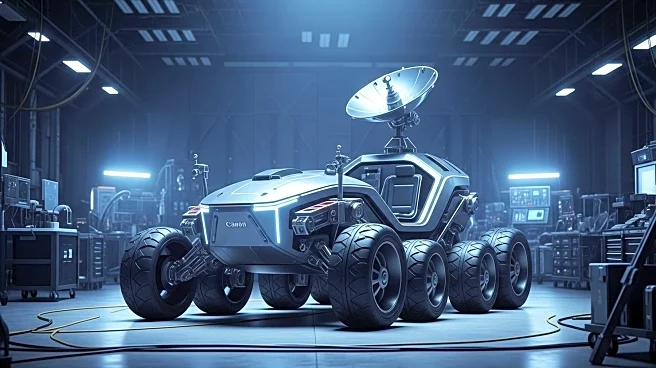What's Happening?
NASA is advancing its space exploration capabilities by testing a new nuclear fuel, americium-241, which promises to enhance the longevity and reliability of spacecraft missions. This initiative is part of a collaboration with the University of Leicester, focusing on the use of Stirling generators that simulate the thermal output of americium decay. The Stirling generator design, featuring floating pistons, allows for continuous operation with minimal wear, crucial for long-duration missions. The fuel's 432-year half-life offers a sustainable alternative to traditional plutonium-238, which is more expensive and difficult to produce. Successful performance tests have been conducted, paving the way for developing a lighter and more efficient testbed suitable for environmental testing necessary for space travel.
Why It's Important?
The development of americium-241 as a nuclear fuel is significant for the future of space exploration, particularly for missions to the outer solar system where sunlight is scarce. This fuel provides a reliable power source over extended periods, essential for both robotic and future crewed missions. The collaboration with international partners highlights NASA's commitment to advancing space travel technology. If fully developed, americium-fueled Stirling generators could power scientific instruments in environments where solar power is impractical, such as the Moon's shadowed craters or the icy moons of Jupiter and Saturn. This advancement could redefine the capabilities of space missions, enabling exploration of previously inaccessible parts of the solar system.
What's Next?
NASA's ongoing development work at the Glenn Research Center focuses on creating a testbed that can withstand the harsh conditions of space travel. Upcoming tests will expose the system to vibration, thermal cycling, and vacuum conditions to ensure its resilience in real-world missions. If successful, americium-241 could become a standard power source for future space missions, enhancing the capabilities of both robotic and human explorers. This innovation promises to unlock new frontiers in space exploration, inspiring a new generation of scientists and engineers.
Beyond the Headlines
The shift towards americium-241 reflects a broader trend in seeking sustainable and efficient power solutions for space exploration. This development underscores the importance of international collaboration in addressing complex challenges. The successful implementation of this fuel could set a new standard for powering future missions, potentially influencing the design and scope of space exploration initiatives.



